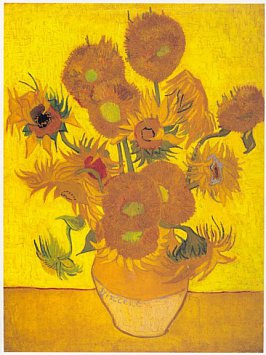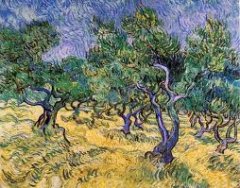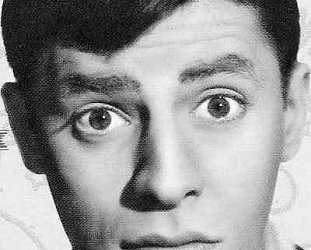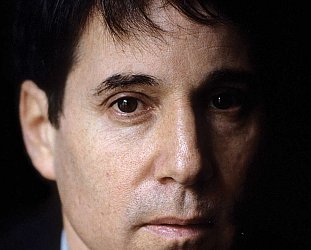Graham Reid | | 2 min read

When Van Gogh's famous painting Sunflowers sold in 1987 for the then-record sum of US$39.9 million -- or as Robert Hughes noted, "in real money some 5.8 billion yen" -- it was read as yet another symbol of the vulgar commodification of art as a commercial investment.
The private consortium had bought more than a painting, it had bought cultural cachet.
Buying famous art -- even though in this case its colours had faded from their original vivacity in the century since its creation -- makes you look sophisticated and educated in a way that shelling out that amount of loot on a super-yacht and a Greek island doesn't.
Commentators were also quick to note that with Van Gogh you got the myth and the madness. Here was a guy who only ever sold one painting in his life (not Sunflowers) and went gaga. So loopy that he chopped off his ear and gave it to a prostitute (well, just the lobe actually) and finally in a fit of desperation went into a field and fatally shot himself in the chest.
 Dead at 37 and leaving behind a mass of paintings and drawing, and also over 900 letters - many of them illustrated and most to his beloved younger brother Theo -- in which he recounts his thoughts on life and art.
Dead at 37 and leaving behind a mass of paintings and drawing, and also over 900 letters - many of them illustrated and most to his beloved younger brother Theo -- in which he recounts his thoughts on life and art.
They chart his decline into bouts of madness (bi-polar is the current analysis) and his various obsessions.
If Van Gogh's art has been overshadowed by his reputation as a talented nutcase ("an odd fellow," admitted Theo, "but what a head he has on him"), then the award-winning documentary Painted with Words (with Benedict Cumberbatch persuasive as Vincent) restores the man and his art to the centre of the frame.
Based entirely on his letters and confirmed conversations or comments by Vincent, Theo and Paul Gauguin -- with brief biographical details linking the narrative -- this beautifully lit, understated and quite gripping 50 minute docu-drama shows a man infected by obsessions about love, religion and art (but often frustrated by them all).
A man who craved company but frequently lived alone.
 Van Gogh went through abrupt changes of personality and they manifested themselves in his behaviour and of course his letters and art.
Van Gogh went through abrupt changes of personality and they manifested themselves in his behaviour and of course his letters and art.
Those vivid colours which became the signature of his later years however were part of a logical artistic progression, not the sudden result of an onset of sunstroke, his absinthe intake and flipping out.
That progression -- explained in the letters, and by Theo -- is central to Painted With Words in which the artistic man (productive and lucid between bouts of depression, visions and reclusiveness in those later years) and not the mad fellow shines through in this sympathetic portrait.
 And portraits . . . because Van Gogh, like Rembrandt, painted his ever-changing face.
And portraits . . . because Van Gogh, like Rembrandt, painted his ever-changing face.
Yet while the lines and contours changed those eyes remained compelling in their stare and focus.
Every spoken word in this film is sourced and authenticated, but one sentiment from Vincent Van Gogh chimes through.
At 30 and enthusiastic, he wrote that he loved life and the world so much he just wanted to leave "a souvenir of gratitude in the form of paintings or drawings".





post a comment